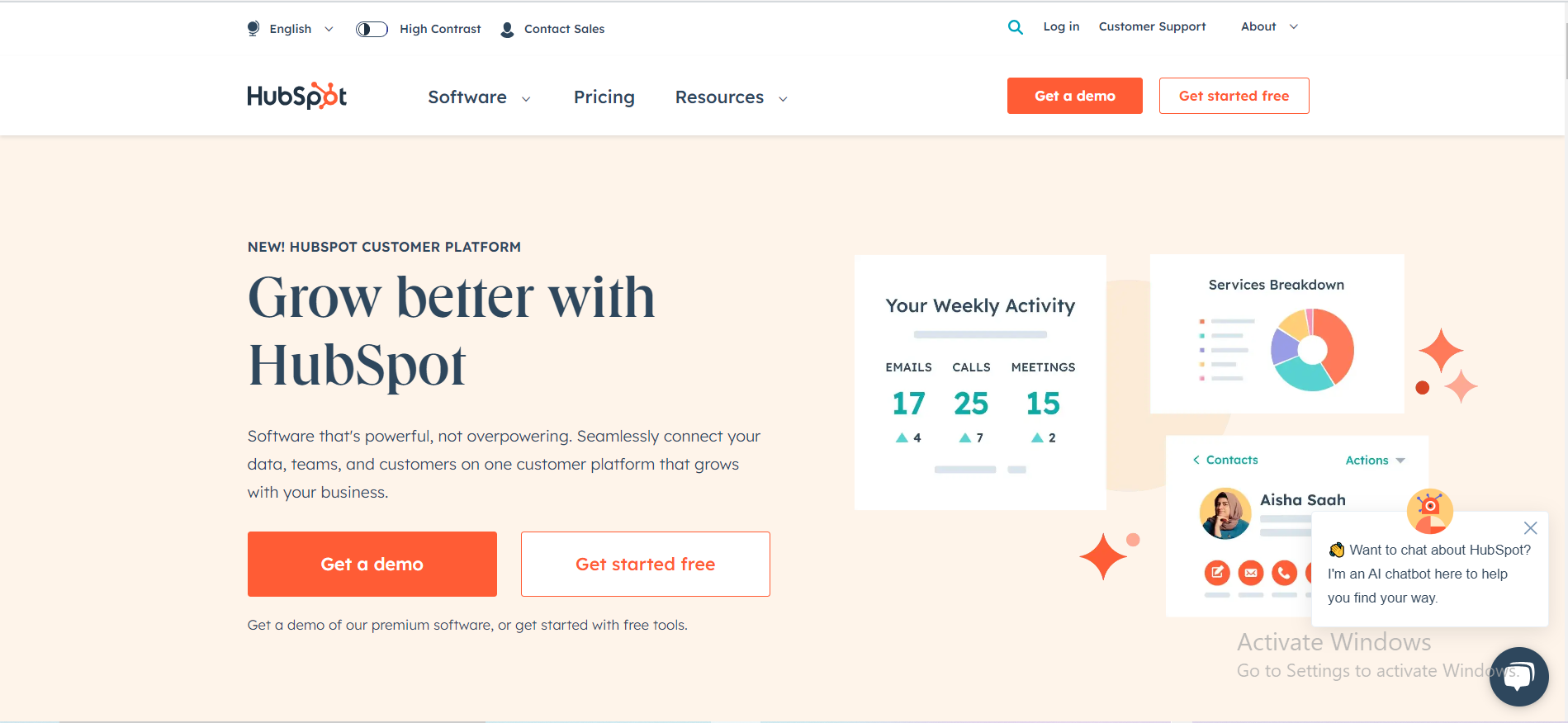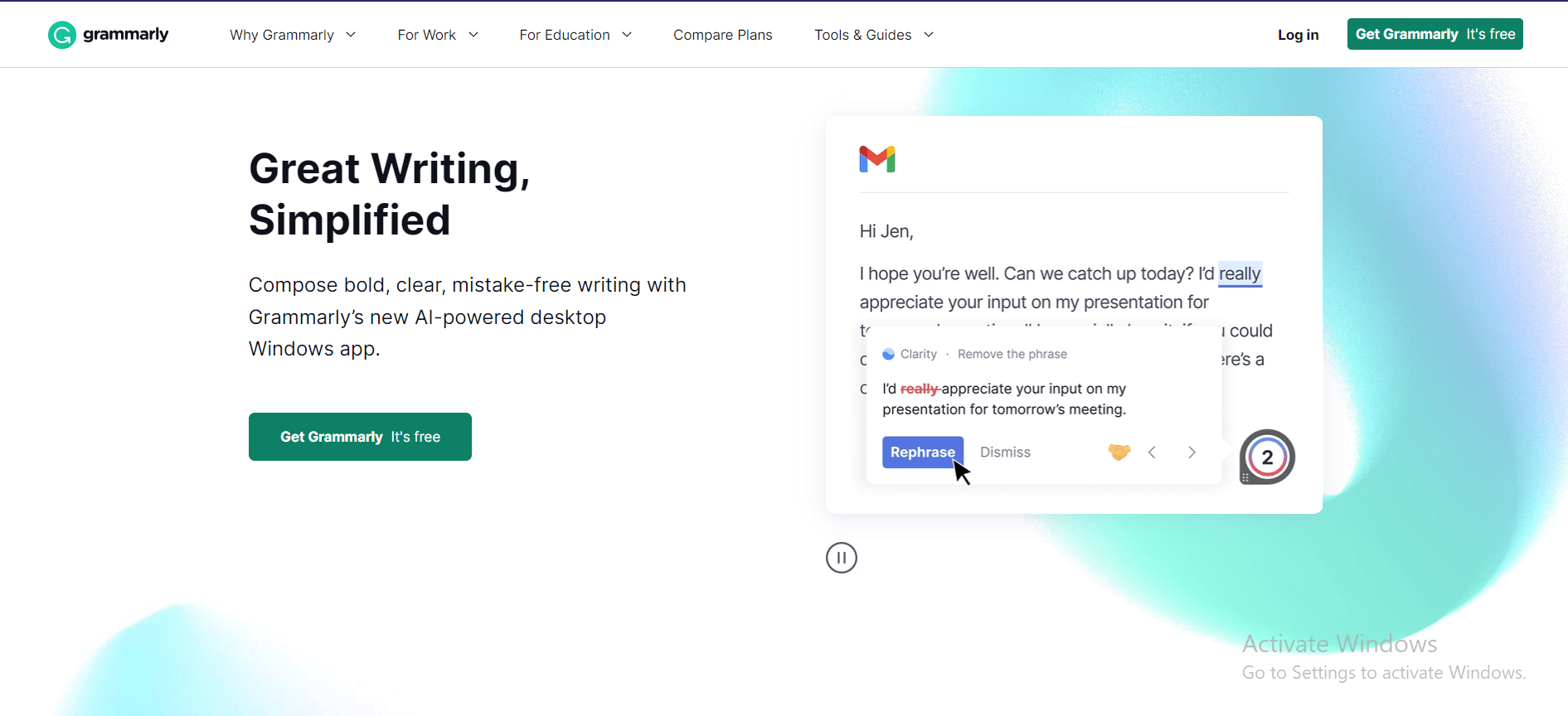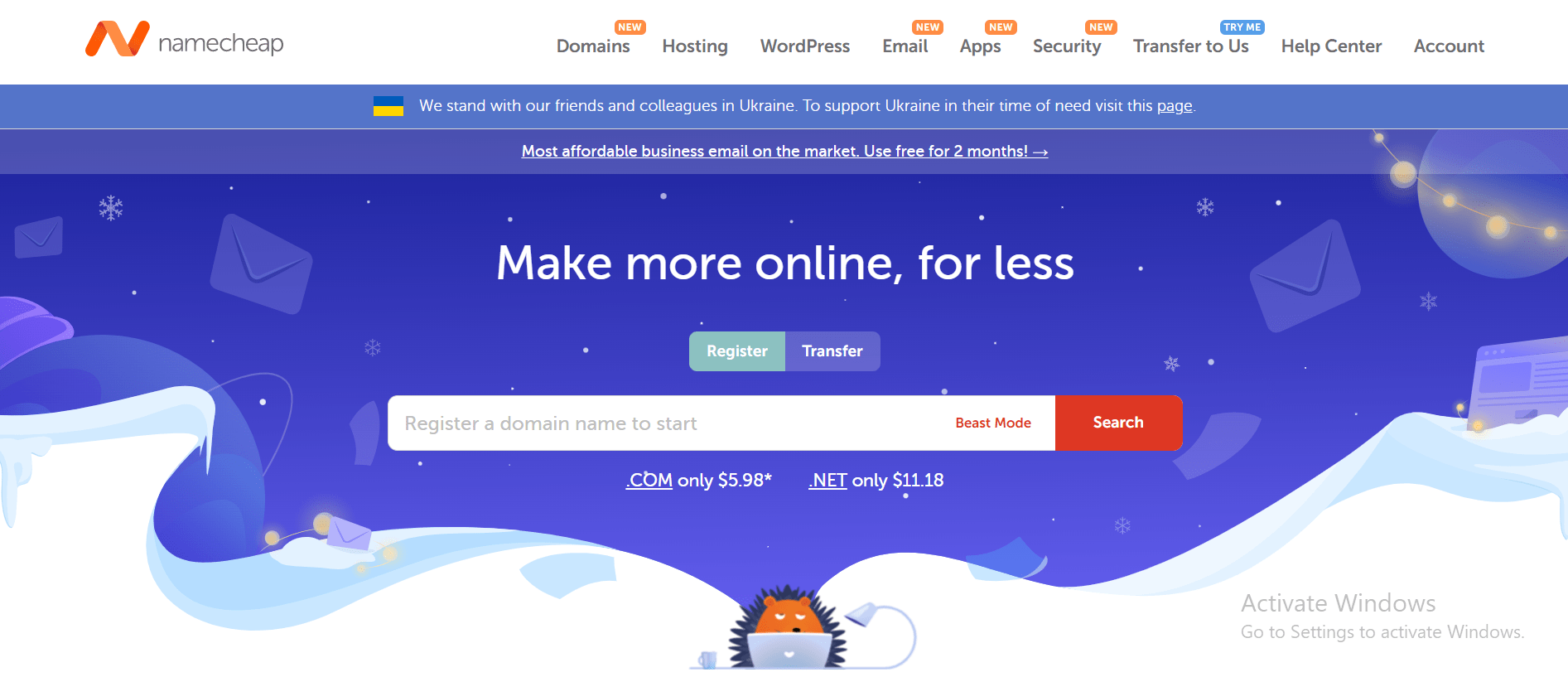Introduction.
HubSpot, a popular CRM platform, offers a range of powerful features that can enhance your website’s functionality and streamline your marketing efforts.
By connecting your website to HubSpot, you can automate tasks, capture valuable data, and gain deeper insights into your visitors and prospects.
In this guide, we will walk you through the process of connecting your website to HubSpot, ensuring that you can leverage the full potential of this versatile CRM system.
Whether you have an existing website or are starting from scratch, integrating HubSpot will enable you to optimize your marketing efforts and provide a seamless experience for your visitors.
Let’s dive in and explore the steps to connect your website to HubSpot.
How Do I Connect My Website To HubSpot?
HubSpot offers a wide range of tools and features that can help you automate tasks, manage leads, and optimize your marketing efforts.
By connecting your website to HubSpot, you can unlock the full potential of this CRM system and streamline your online operations.
In this article, we’ll guide you through the process of connecting your website to HubSpot, whether you have an existing website or are starting from scratch.
Step 1: Create a HubSpot Account.
The first step is to create an account on HubSpot if you don’t already have one. Simply visit the HubSpot website and sign up for an account.
HubSpot offers a free CRM plan with limited features, as well as paid plans with more advanced functionalities. Choose the plan that best suits your business needs and budget.
Step 2: Install the HubSpot Tracking Code.
To connect your website to HubSpot, you need to install the HubSpot tracking code on your website. The tracking code is a snippet of JavaScript that allows HubSpot to collect data about your website visitors and their interactions.
Log in to your HubSpot account and navigate to the “Tracking Code” section. Follow the provided instructions to generate the tracking code specific to your account. Once you have the code, you need to add it to the header or footer of your website.
This can typically be done by accessing the backend of your website through your content management system (CMS) or by editing the website’s HTML files.
If you’re using a popular CMS like WordPress or Shopify, you can often install the HubSpot tracking code through a plugin or app.
Step 3: Integrate HubSpot Forms and CTAs.
HubSpot provides powerful form and call-to-action (CTA) tools that allow you to capture leads and collect valuable information from your website visitors.
To integrate these features, you’ll need to create forms and CTAs within your HubSpot account and then embed them on your website.
Forms can be used to gather contact information, such as names and email addresses, from your visitors. CTAs, on the other hand, are buttons or banners that encourage visitors to take specific actions, such as downloading an e-book or signing up for a newsletter.
By embedding these forms and CTAs on your website, you can seamlessly collect data and track your visitors’ interactions.
Step 4: Set Up Website Analytics.
Connecting your website to HubSpot allows you to gain valuable insights into your website’s performance and visitor behaviour.
HubSpot’s analytics tools provide comprehensive reports on website traffic, page views, conversion rates, and more.
To set up website analytics, navigate to the “Tracking & Analytics” section in your HubSpot account. Follow the instructions to enable website analytics and connect your website domain.
This may involve adding additional DNS records or verifying your ownership of the domain.
Step 5: Automate Workflows and Lead Nurturing.
One of the main advantages of integrating your website with HubSpot is the ability to automate workflows and lead nurturing.
HubSpot’s automation features allow you to create personalized email campaigns, set up lead-scoring systems, and automate tasks based on specific triggers and actions.
For example, you can create a workflow that automatically sends a follow-up email to a lead who has downloaded a certain resource from your website.
To leverage these automation features, navigate to the “Workflows” section in your HubSpot account and follow the instructions to set up your desired workflows.
Step 6: Utilize HubSpot’s CRM Features.
Once your website is connected to HubSpot, you can take advantage of its comprehensive CRM features to manage and organize your leads effectively.
HubSpot’s CRM allows you to store contact information, track interactions, and view detailed timelines of each lead’s activity.
You can create custom properties and segments to categorize your leads and target them with personalized marketing campaigns.
Additionally, the CRM integrates seamlessly with other HubSpot tools, such as the marketing and sales hubs, enabling you to streamline your sales processes and align your marketing efforts.
Sponsored.
Dear reader, I am excited to introduce you to a list of products and services that I believe can make a positive impact on your digital journey. As a blogger, I am committed to easing your journey to digital salvation.
My latest offering is a cutting-edge product and service that is designed to address a common problem faced by many people today when trying to navigate their digital journey.
I understand that there are many options available in the marketplace today, which is why I am recommending a few that solve your problems.
So if you are ready to take your Digital life to the next level. Check out the link to the products below, and choose which ones suit your needs.
1. Hubspot.

Are you ready to take your business to the next level? Look no further than HubSpot, the all-in-one inbound marketing, sales, and customer service platform that’s transforming the way companies grow.
HubSpot offers a comprehensive suite of tools designed to help you attract, engage, and delight customers.
From attracting visitors to closing deals, and even retaining delighted customers, HubSpot has you covered at every stage of the customer journey.
Over 100,000 businesses of all sizes and industries trust HubSpot to help them grow. Whether you’re a small startup or a global enterprise, HubSpot can scale to meet your needs.
Don’t miss out on the opportunity to transform your business and marketing efforts. Join the HubSpot family and experience the power of inbound marketing, sales automation, and customer relationship management like never before.
Ready to supercharge your business growth? Click the link below to get started with HubSpot today.
TRY IT NOW – Hubspot.com
2. Grammarly.

Many users have reported that Grammarly has helped them improve their writing skills and catch errors that they may have otherwise missed.
The tool is praised for its accuracy and ability to provide detailed feedback and suggestions that help users understand and correct their mistakes.
In addition to its core functionality, Grammarly also offers a browser extension that can be used to check spelling and grammar on a variety of websites, as well as a desktop application that allows users to check their writing offline.
While some users have reported occasional glitches or inaccuracies in the software, the vast majority of reviews of Grammarly are positive, with users citing its ease of use, accuracy, and helpfulness in improving their writing skills.
Overall, Grammarly is a highly recommended tool for anyone looking to improve their writing, whether for personal or professional purposes.
TRY IT NOW – Grammarly.com
3. Namecheap.

The company is known for its affordable prices, user-friendly interface, and reliable customer support. One of the key benefits of Namecheap is its pricing, which is often significantly lower than that of its competitors.
The company also offers a range of hosting options, including shared hosting, VPS hosting, and dedicated servers, making it a good choice for businesses of all sizes.
In addition to its hosting services, Namecheap also offers domain registration, website builder tools, and SSL certificates, making it a one-stop shop for website owners looking to establish an online presence.
Many users have reported positive experiences with Namecheap’s customer support team, citing their responsiveness and helpfulness in resolving issues and answering questions.
The company also offers a knowledge base and community forums where users can find answers to common questions and connect with other website owners.
While some users have reported occasional technical issues or slow load times, the majority of reviews of Namecheap are positive, with users praising the company’s affordability, user-friendly interface, and reliable service.
Overall, Namecheap is a solid choice for anyone looking for affordable and reliable web hosting and domain registration services and is highly recommended by many of its users.
TRY IT NOW – Namecheap.com
Conclusion.
Connecting your website to HubSpot can significantly enhance your online marketing efforts and help you build stronger relationships with your leads and customers.
By following the steps outlined in this article, you can integrate your website with HubSpot’s powerful CRM system, automate tasks, capture valuable data, and gain deeper insights into your visitors and prospects.
Remember, the process may vary depending on your website platform and specific requirements, so it’s always a good idea to refer to HubSpot’s documentation or seek assistance from their support team if needed.
Leap and connect your website to HubSpot to unlock the full potential of this versatile CRM platform and take your online marketing to new heights.






GIPHY App Key not set. Please check settings